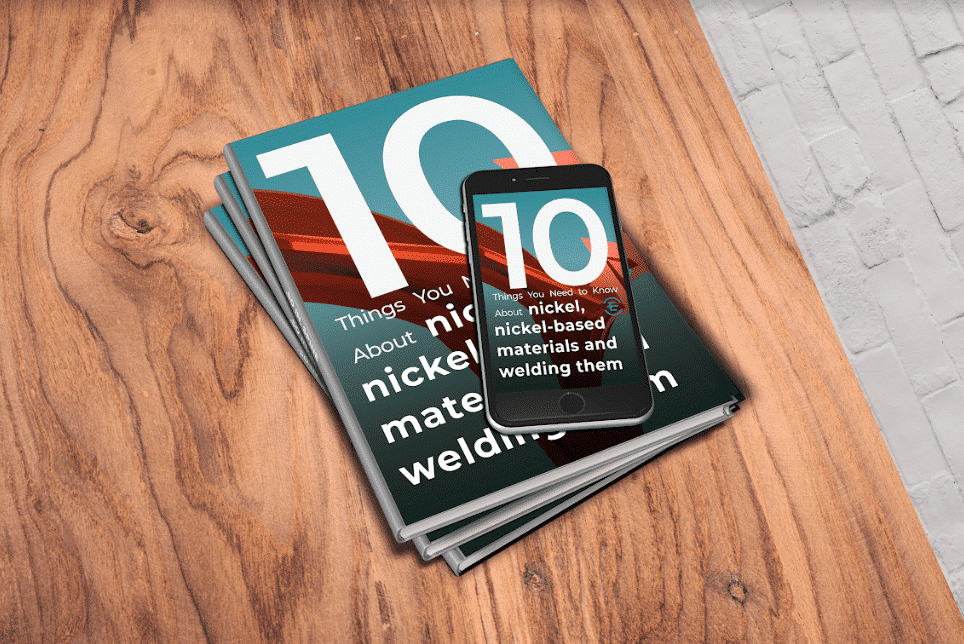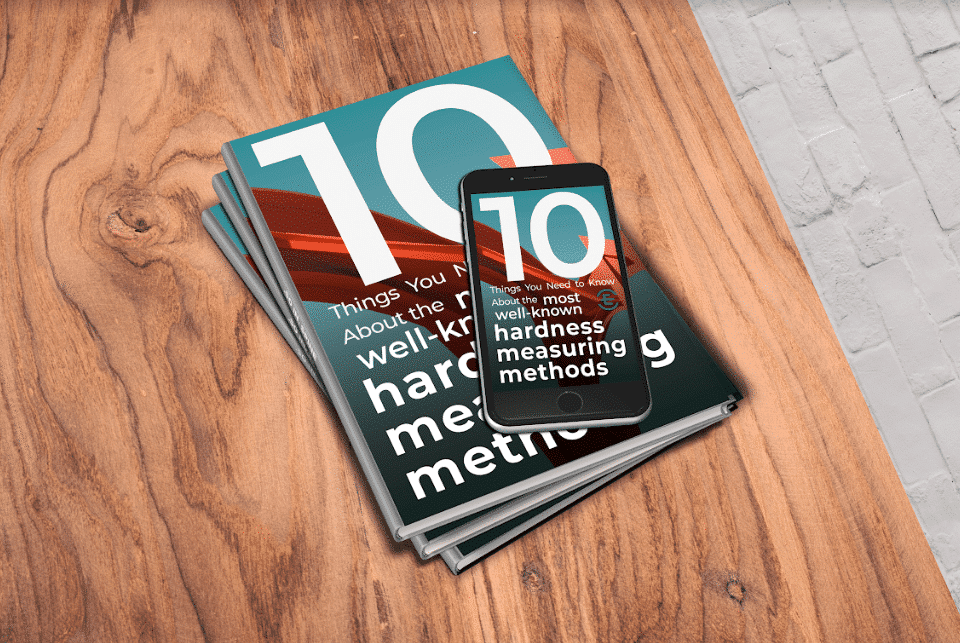The filler metals in the table are either purely austenitic or approximately 5-40% ferrite containing structures. General unalloyed steel, eg. S235 and 19/9 dissimilar metal welds welded with 309L filler metal consist of 92-95% austenite and 5-8% ferrite [1]. The weld’s high ductility can withstand heat contraction, and the low ferrite content ensures a high degree of resistance against hot cracks.
Because carbon steel’s welding melt pool has a lower viscosity, modifying the usual weld preparation with a somewhat larger beveling angle and improving dampening with a slightly greater gap opening is advised. Preheating usually isn’t necessary, except if the given steel is inclined towards quenching. This is the case for example, if the carbon content exceeds 0.2%, or the plate thickness is greater than 30 mm. In these cases, preheating is only necessary with unalloyed steel.
The necessary degree of pre-heating can be calculated as a function of the material’s chemical composition and plate thickness. The EN 1011-2 standard lists the prescribed preheating temperatures. It also defines its effect on the weldability of the compound using an equivalent based on the carbon related effects of individual alloys and provides limits for each compound.
In the case of those steels whose compositions (or the carbon equivalent thereof) do not match the prerequisites in the standard, the necessary preheating is usually based on expert advice. In general, those steels whose International Welding Institute’s equivalent value is between 0.4-0.6 are recommended to be preheated at a temperature between 150-200 oC, and anything higher at a temperature of 300 oC.

Table 1. General welding materials for black and white dissimilar metal welds [2].
In the case of those steels where post-welding heat treatment is required — these include creep-resistant steels in power plants — or where the application temperature is higher than 300 oC, the aforementioned filler metals cannot be used. Dissimilar metal welds used with power plant steels will be discussed later.
Welds prepared with 309L or similar iron based filler metals at 300 oC must account for brittleness from sigma-phase formation as well as intergranular corrosion. At room temperature, diffusion processes are very slow, with no considerable effects. As temperature increases, as a rule the speed of diffusion grows exponentially.
At a higher temperature, the diffusion of carbon atoms moves from unalloyed steel towards the lower carbon containing corrosion resistant steels, where it interacts with chrome to form carbide nt he grain boundaries. The decreasing chrome content results in corrosion.
In this case, a nickel based filler metal needs to be used. The structure of nickel alloys is completely austenitic, it won’t appear even after welding a martensite structure, and there is also no sigma-phase formation. Carbon diffusion in nickel welds is not considerable, thus neither the weld nor the surrounding area are sensitive to intergranular corrosion. Further advantages of nickel filler metals is high elongation and heat expansion qualities, which help bear the tension of heat contraction. Nickel’s heat contraction coefficient is between unalloyed steels and austenitic chrome steels. Table 2 illustrates the qualities of nickel alloyed filler metals.

Table 2. Most commonly used nickel based filler metals in dissimilar metal welds [2].
[1] R.E.Avery: Guidelines for welding dissimilar metals. Chemical Engineering Progress, May 1991.
[2] Böhler Welding Guide kézikönyv, 09/2010. Technical handbook of Böhler Welding products.




